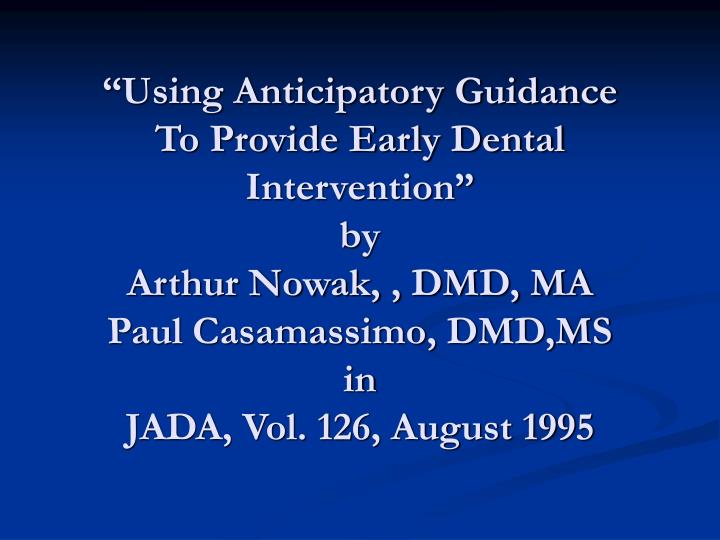

You document both the problem-oriented and the preventive components of the encounter in detail. You make a diagnosis of acute bronchitis with chest pain and prescribe medication and bed rest along with instructions to stop smoking. You take additional history related to his symptoms, perform a detailed respiratory and CV exam, and order an electrocardiogram and chest X-ray. When you ask about his current complaints, he mentions that he has had mild chest pain and a productive cough over the past week and that the pain is worse on deep inspiration. (See the example of a preventive E/M visit with a problem-oriented service, and for more on ICD-9 codes, see “Using diagnostic codes effectively.”)Ī 52-year-old established patient presents for an annual exam.
ANTICIPATORY GUIDANCE CODE
It’s also especially important to link the appropriate ICD-9 code to the applicable CPT code in these cases to help distinguish between preventive and problem-oriented services. As long as service is clearly documented and distinct from the documentation of the preventive service, CPT suggests submitting a preventive medicine services code (99381-99397) for the routine exam and the appropriate office visit code (99201-99215) with modifier -25, “Significant, separately identifiable service by the same physician on the same day of the procedure or other service,” attached to the problem-oriented service. When a patient comes into the office for a routine preventive examination and also has significant new complaints (e.g., chest pain or irregular bleeding) and, in some instances, a new or established chronic condition (e.g., hypertension or type-II diabetes), the visit becomes a combination of preventive and problem-oriented care. , established patient 18-39 years,” and ICD-9 code V72.3, “Gynecological examination.” Although the patient has concerns about her current method of birth control, the associated counseling and change in medication is considered part of the preventive medicine service for her age group, so you should submit 99395, “Periodic comprehensive preventive medicine. Then you send the Pap smear to an outside laboratory that will bill the test directly to the payer.

You also counsel the patient about diet, exercise, substance abuse and sexual activity. You counsel the patient regarding alternatives and give her a prescription for a new medication. The patient is on oral contraceptives and has concerns about intermittent break-through bleeding. You also perform a physical examination that includes a blood-pressure check and thyroid, breast, abdominal and pelvic examinations, and you obtain a Pap smear. You take the patient’s interval medical, family and social history and perform a complete review of systems. Adolescents may resume driving after achieving 6 months of seizure freedom.A 28-year-old established patient comes to your office for her well-woman examination. Microwave use is okay.Īdolescents of driving age may not operate a vehicle for 6 months after a seizure as per Kansas and Missouri law. Older children/adolescents should not cook over an open flame/stovetop for risk of injury. A trusted adult should directly supervise the child in swimming pools, not just the lifeguard.Ĭhildren may participate in athletics as long as they wear a helmet when appropriate for a given sport, as would any other child.Ĭhildren should wear a helmet when operating any wheeled devices (tricycle, bicycle, scooter, roller skates, etc).Ĭhildren should be supervised at heights (monkey bars, etc). Showers are okay as long as an adult is aware the child is in the shower and the door is not locked. What special precautions should we take with our child?Ĭhildren should not be left unattended in any amount of standing water (bathtub, swimming pool, etc). This means 75% or more will not have any further seizure activityĭeath after a first recurrence of a simple febrile seizure has never been reported.īrief seizures do not cause brain damage. Only 20-25% of typically developing, otherwise healthy children will experience recurrence of seizures.


 0 kommentar(er)
0 kommentar(er)
